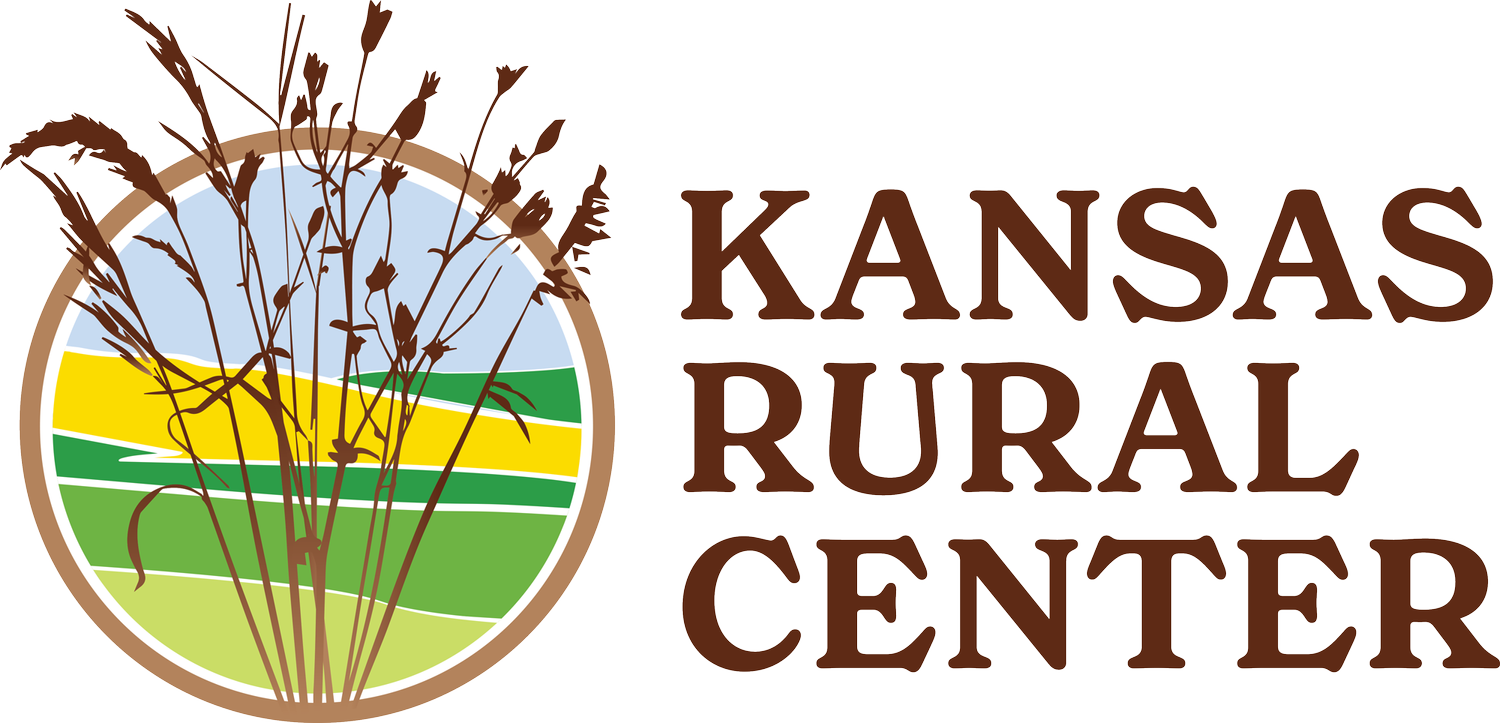8th Biennial National Rural Grocery Summit
As Congress is in the middle of reauthorizing the farm bill, they have an opportunity to ensure programs have sufficient funding to meet the growing needs among families and ensure accessible market opportunities for farmers. Current proposals in both the House and Senate attempt to address this issue to varying degrees. While both offer funding increases, only the Senate includes solutions to eliminate persistent barriers to participation and offers sustainable approaches for local food system development.
The Senate’s proposal addresses food access and affordability in a number of ways that provide autonomy to households and increase spending with small farmers and local markets.
It responds to insufficient funding for the Senior Farmers Market Nutrition Program that has left numerous states and Tribes from being able to participate by providing $100 million over 10 years and prioritizing underserved areas.
It recognizes the Gus Schumacher Nutrition Incentive Program’s (GusNIP) efficient and effective approach to increasing fruit and vegetable consumption among participants and promotes program expansion by scaling funding by $750 million over ten years, increasing the federal cost-share, and offering pathways for cooperative agreements with partners who have the capacity to implement state-wide programs.
It also directs the US Department of Agriculture (USDA) to streamline vendor program applications so farmers can readily participate in programs that currently often require four separate applications. This in turn will ensure federal nutrition benefits can be easily used in direct-marketing settings.
It permanently authorizes the Local Food Purchase Assistance Program whose primary purpose is to strengthen local supply chains and promote new market opportunities for underserved farmers, but also encourages local control over the types of foods reaching food banks and pantries, creating greater consumer satisfaction.
The House approach in the Farm, Food, and National Security Act of 2024 (FFNSA, HR 8467) also increases resources for programs targeting food security and nutrition within low-access areas, though not to the levels truly needed to address demand. Moreover, the FFNSA sorely missed the opportunity to create programs that generate simultaneous benefits for our nation’s farmers.
It provides an additional $2 million annually for the Senior Farmers Market Nutrition Program, which will not be enough to ensure all interested states and Tribes can participate.
It seeks to expand nutrition incentive offerings through GusNIP by offering a match waiver for persistent poverty areas and increasing funding to $75 million annually, which will take an incremental approach to improving program access.
It ignores the momentum and success of the Local Food Purchase Assistance Program and instead of authorizing a permanent program, it creates an entirely new Food Box Pilot Program that unfortunately resembles the disappointing Farmers to Families Food Box Program that ended in May 2021 after a number of incidences of not adequately serving communities or the small and mid-sized farmers heavily impacted by COVID-19.
The Final Path
The unique timing of this farm bill offers an opportunity for Congress to reflect on the tumultuous years of the COVID-19 pandemic and on the effectiveness of established and novel programs in meeting the nutrition and food security needs of our communities. It is imperative that the farm bill provides flexibility and autonomy for consumers utilizing their nutrition benefits and that farmers and local markets have ready access to benefit from the billions of federal dollars invested in these programs. That means a final farm bill must:
Ensure enough funding is available for all states and Tribes to participate in impactful senior nutrition programs while providing program model and implementation flexibility to meet unique rural needs,
Promote the expansion of highly popular and effective nutrition incentive programs by lowering the match requirements, encouraging statewide applications, and providing sufficient investment for adequate scale,
Identify barriers to Supplemental Nutrition Assistance Program (SNAP) program modernization in farmers markets, roadside stands, and Community Supported Agriculture (CSA) and invest in solutions that ensure local farmers can readily access the market opportunity,
Invest in localized food access solutions such as the Local Food Purchase Assistance Program that support the viability of local farmers and increase the availability of high quality local and culturally appropriate foods in food pantries and other emergency food settings.
Jackie Keller - Program Coordinator
Below images include:Auburn University’s Aquaponics Greenhouses, and Transformation Garden Raised Beds, and the Rane Culinary Science Center Rooftop Garden
Jackie Keller - Program Coordinator, KRC






